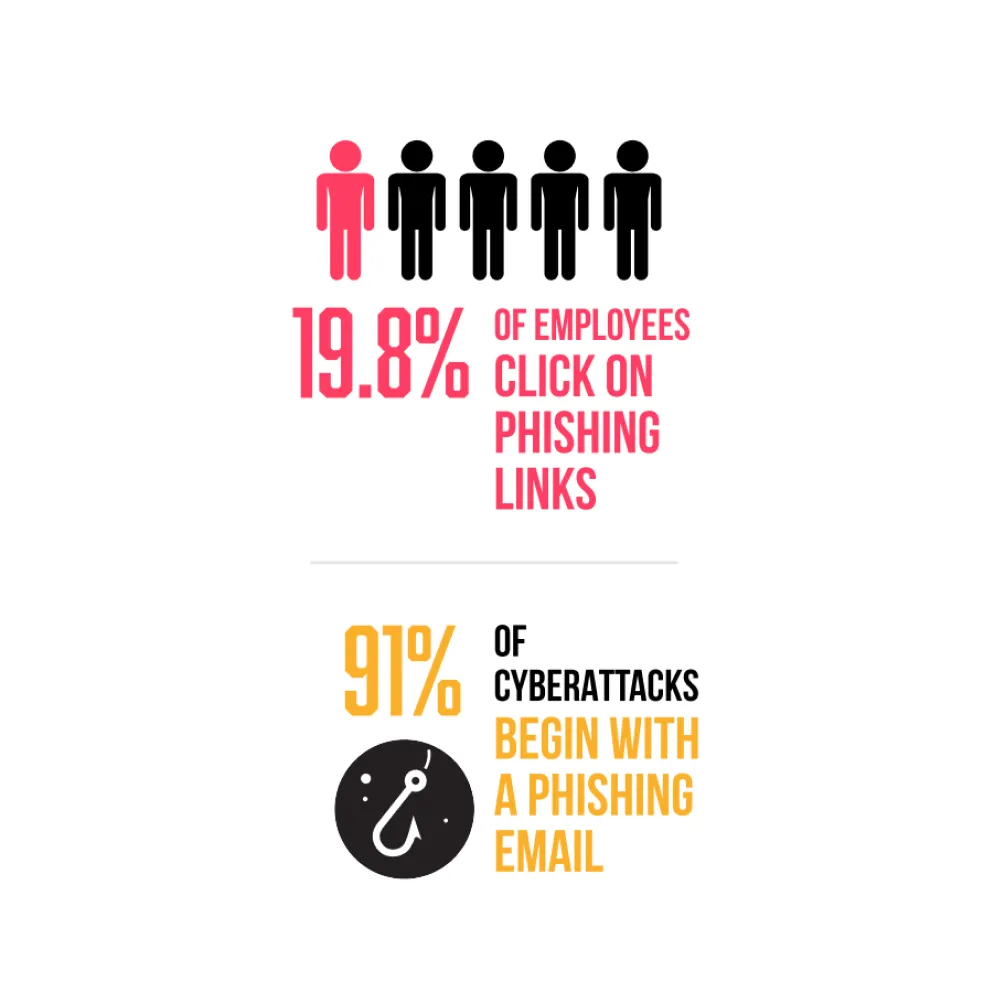Cloud optimization is the process of optimizing the performance and cost of a cloud solution by tuning its underlying parameters, such as resource allocation, server configuration, and data storage. Cloud computing saves organizations money on IT infrastructure by using a service provider’s infrastructure and software for specific tasks. There are several factors that determine how much cloud costs you end up paying, such as the type of cloud service you choose, the size of your virtual machine or container needs, and how many resources you need to use in a data center or public cloud environment.
The first step to cloud cost optimization is understanding what you need from a cloud service. Then, you can use tools like Google Cloud Pricing Calculator or AWS Cost Explorer to understand what the different options will cost you and make a decision based on your business requirements.
Once you choose a cloud provider, it’s time to determine how many resources you use. For example, if you’re using much memory in an instance or using more disk space than usual, this can indicate that more resources are needed. Another factor to consider is whether discounts are available for certain use cases or users with specific credentials. It’s also essential to monitor the usage of your resources over time so that you can make adjustments as needed. To ensure successful cloud cost optimization, speak with IT Support Monroe professionals.
5 Cloud Cost Optimization Best Practices and Techniques

Locate Unused Resources
One of the easiest ways to effectively optimize cloud costs is by identifying unused resources. These resources your cloud solution consumes but only sometimes provide value to your business. For example, you may have a cloud hosting service only used for email and websites. To effectively optimize cloud costs, you must identify these resources and determine if they can be reallocated or removed altogether. If they can’t be reallocated, consider whether purchasing a different cloud solution or making other changes to your current cloud setup makes sense.
Finding unused resources is one of the simplest methods to reduce cloud costs efficiently. Here are some tips for doing that:
- Review your current resource allocation and analyze whether any resources are underutilized. If so, optimize the available resources for more efficient cloud usage.
- Identify additional resource requirements in future projects/tasks and add them to your Cloud Resource Plan (CRP) to set realistic expectations on cloud costs.
- Evaluate the existing cloud services against your needs and choose a suitable cloud provider with premium or standard service offerings. They will provide you with adequate resources needed to handle future workloads.
Merge Idle Resources
Merge idle resources to save costs on cloud-based computing. Idle resources include underutilized computing and storage resources not used by a particular application or department. Cloud computing providers often offer customers unused resources as a service, allowing them to use these resources at their discretion. However, since unused resources are not being utilized, they can be left with little to no profit for cloud providers.
Merging idle resources into one pool can help cloud providers maximize the potential of their existing infrastructure by directing those idle resources toward projects that can generate revenue for the provider. By doing so, cloud providers can reduce costs associated with maintaining unused infrastructure and improve their overall profit margin.
Optimizing cloud costs involves understanding what applications and services your business requires, identifying underutilized resources within your current environment, and evaluating options such as migrating to another provider or purchasing additional capacity from third-party sources.
Utilize Heatmaps
Heatmaps are a powerful tool for cloud cost optimization. They help identify where the most cost-efficient use of cloud resources lies, allowing organizations to make more informed decisions about resource allocation and potentially save significant amounts of money in the process.
Heatmaps are a visual method for analyzing data patterns and identifying potential areas of waste or inefficiency. Overlaying resource usage on a map makes it easy to see where cloud resources are being overused or underutilized and can make adjustments to improve performance. Heatmaps can also be used to identify opportunities for improved collaboration and alignment between teams, which could lead to greater efficiency and better overall outcomes.
In addition to helping identify areas for improvement, heatmaps can be used as a reporting mechanism by displaying how many users use various resources at any given time. This information can help IT departments identify potential issues with maintenance windows or resource consumption peaks, which can be addressed proactively.
Scaling Back the Resources
Rightsizing the resources in a cloud-based infrastructure can optimize cost and increase performance. Rightsizing refers to removing unnecessary resources from the cloud, such as underutilized instances or old servers, to reduce costs and improve performance.
Scaling back your cloud resources can help you avoid paying for resources you do not use and can help you avoid overpaying for resources you need. Factors to consider when rightsizing your cloud resources include identifying underutilized or unused resource pools, analyzing current usage patterns, and identifying opportunities for optimization.
After rightsizing your cloud resources, monitor your cost savings and performance improvements to ensure that you are getting the most out of your cloud spend.
Invest in Reserved Instances
Reserved instances are cloud instances that are reserved and paid for in advance. These instances can help you optimize your cloud costs by locking down a certain amount of computing resources. This ensures that you stay within your budget.
Reserved instances are ideal for applications with heavy resource requirements, such as big data or high-traffic websites. However, you can also use reserved instances to meet short-term demands for specific cloud resources. For example, a reserved instance can help you get the job done quickly and efficiently if you need to host a special event or have limited storage capacity.
However, be sure to consider the various cost factors associated with reserved instances before making a purchase decision. For example, if your company agrees with the cloud provider to pay for unused resources at the end of each month, a reserved instance may not be your best choice. It is essential to understand these nuances to make an informed purchase decision and avoid costly mistakes!


